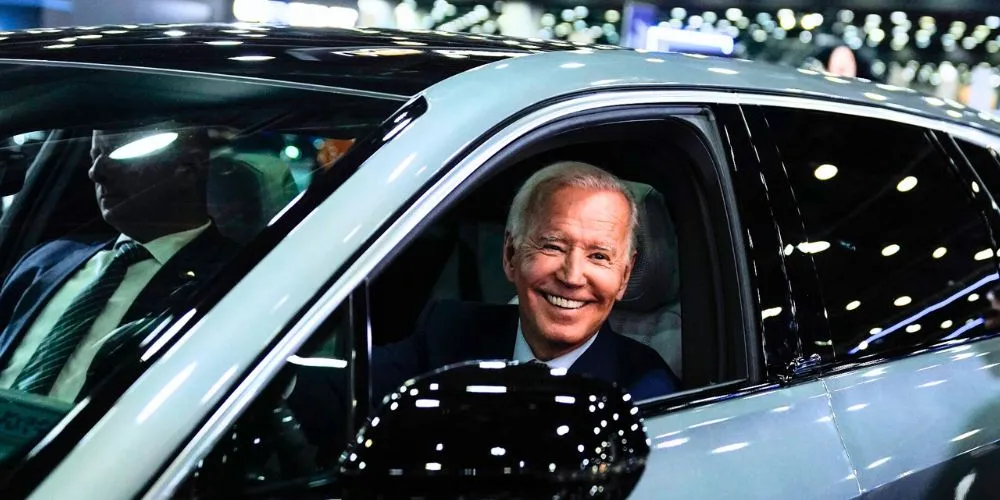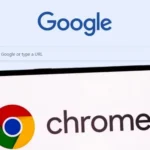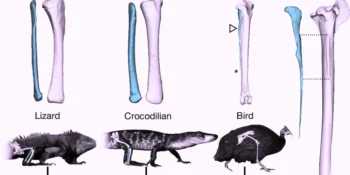Key Points:
- EPA finalized new vehicle pollution rules to curb greenhouse gas emissions and enhance fuel efficiency; the regulations are more lenient than initially proposed.
- Car manufacturers can meet targets, including options beyond battery electric vehicles, but consumer adoption of cleaner vehicles remains crucial.
- Transitioning to cleaner vehicles requires addressing consumer concerns and investing in supportive infrastructure.
- Transportation constitutes the US’s largest source of emissions, necessitating significant reductions to meet climate targets set by the Biden administration.
The Environmental Protection Agency (EPA) has finalized stringent pollution rules for cars, pickup trucks, vans, and SUVs, heralding them as the strongest-ever clean vehicle regulations in the United States. These regulations are projected to prevent 7 billion tons of greenhouse gas emissions annually and yield approximately $100 billion in savings nationwide through reduced fuel costs, lower maintenance requirements, and health benefits.
However, the efficacy of these regulations hinges on consumer acceptance and adoption, presenting a significant challenge for both the government and automakers. To address technology readiness and demand concerns, the EPA has revised the standards, offering more flexibility to car manufacturers and extending the timeline for compliance until model year 2032.
Unlike previous mandates, the new regulations do not exclusively promote battery electric vehicles (EVs) but allow carmakers to explore cleaner options, including more efficient gasoline engines, plug-in hybrids, and hydrogen-powered cars. EPA Administrator Michael Regan emphasized the importance of providing sufficient lead time for vehicle and infrastructure investments.
While consumers can expect a broader range of fuel-efficient and electric models in the market, the transition may face obstacles. Despite the growing popularity of EVs, demand has fallen short of expectations due to concerns over price, performance, and charging infrastructure. As a result, some automakers reevaluate their electric offerings while others prioritize hybrid-electric vehicles.
Decarbonizing transportation remains a formidable challenge, requiring regulatory mandates, technological advancements, and consumer acceptance. Transportation constitutes the US’s largest source of greenhouse gas emissions, necessitating significant reductions to meet climate targets set by the Biden administration.
The EPA’s revised regulations also recalibrate how fuel economy is calculated for electric vehicles, offering manufacturers much less credit for EVs. This adjustment underscores the importance of building cleaner vehicles and promoting consumer adoption.












